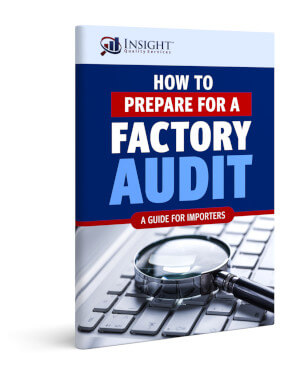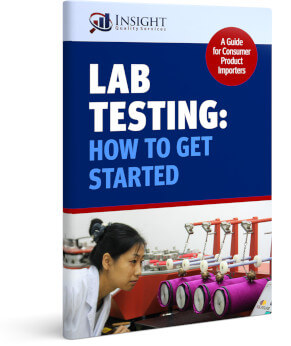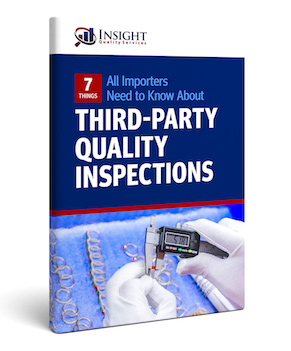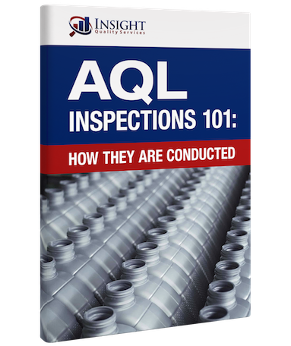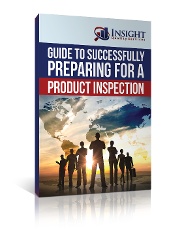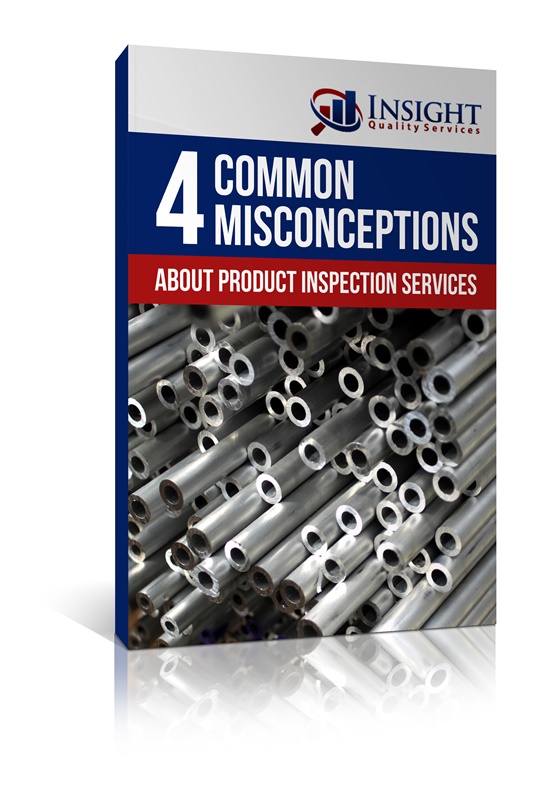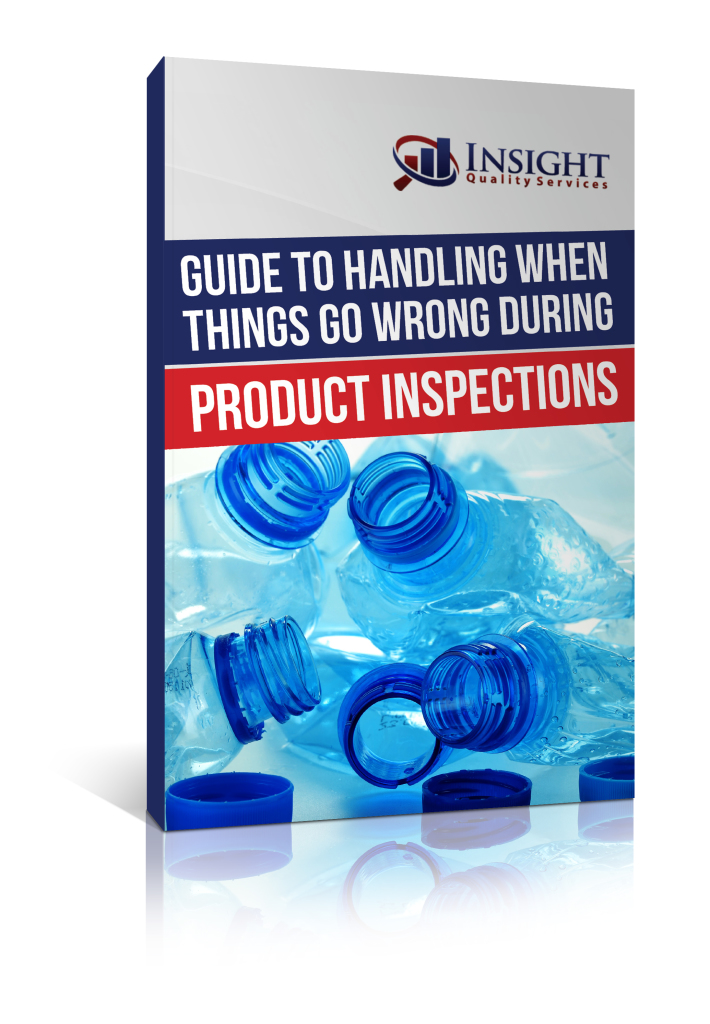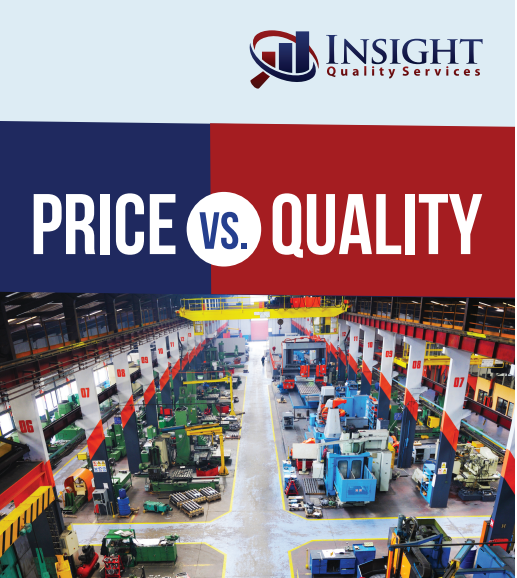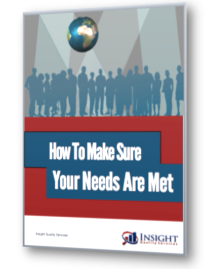Sorry, The Guide You Were Looking for is No Longer Available
You may be interested in one of the following free downloadsHow to Prepare for a Factory Audit
A factory audit helps you assess a supplier’s systems, capacity, workplace environment, or capabilities to ensure they meet your requirements as a buyer.
But which type of audit should you conduct, and which points should you cover on your checklist? In this free guide, you’ll learn how to run an effective supplier assessment.
Lab Testing: How to Get Started
Do You Need to Conduct Lab Tests for Your Consumer Product?
As a consumer product importer, lab tests help you ensure that your products are compliant with regulations in the country of importation. We’ve put together this guide to help you get started with lab testing so that you can make your products available for sale sooner rather than later. Avoid fines and customs issues by starting off on the right foot.
7 Things All Importers Need to Know About Inspections
When hiring manufacturers in developing countries, it is much more difficult to manage product quality. Working with a third-party inspection company like ours helps you to ensure the safety of consumers, minimize returns, and maintain your good brand image. But when you’re working with an inspection company, there are seven things you need to understand to really leverage the service and get the best results.
AQL Inspections 101: How They are Conducted
How Well do you Understand AQL? Here’s What You Need to Know About AQL Before You Start Inspections.
As a consumer goods importer, the quality of your products is key to your success. Good quality products will earn you favorable reviews and repeat purchases. Thus, product inspections are important. AQL determines the sample size for your inspections and understanding it is important. Having a good grasp of this method allows you to work with your third-party inspectors more effectively.
Guide to Successfully Preparing for a Product Inspection
Quality inspections are only as good as the preparation you put in to make them successful.
In this free guide, we look at the necessary elements that lead to setting a quality inspector up for success. Inspections done incorrectly are not worth doing at all. It’s just money that will have to be spent again to do the inspection right. Don’t spend double the money on an inspection – learn how to prepare!
4 Common Misconceptions About Product Inspection Services
What do you know about product inspections?
Uncover industry truths as we debunk 4 common misconceptions about Product Inspection Services. Product inspections serve the purpose of ensuring that the customer has a quality product experience, meaning the way the product is received meets the initial specifications. However, an inspector’s job description can easily be misconstrued and confused with a different phase in the supply chain. So, how can you get your information about Product Inspection Services straight?
Guide to Handling When Things Go Wrong During Product Inspections
Discover how to effectively handle when things go wrong during product inspections in this comprehensive guide.
Experienced business professionals are familiar with Murphy’s Law – anything that can go wrong will – so they ask themselves a ton of “what-if” questions to anticipate how their plans might go awry and to figure out what steps they can take to protect themselves. So, what are these steps? What are the most effective methods for dealing with mistakes down the supply chain?
Price vs. Quality
Compare price to quality to determine what your business should focus on.
The products you create for your company are a representation of your brand. These products bring back customers and turn them into promoters of your business. So, why not have quality products? Why not create something that your customers can’t get enough of? Quality is fundamental in creating a successful business – but how do you create quality? Do you build quality into a product or can it just be inspected into a product? And, does price define quality?
How to Make Sure Your Needs Are Met
Never get caught up with ‘yes-men’ again!
Your needs are specific. There are third-party providers that provide services to meet your specific and unique needs. But there are third party providers that will masquerade like they can meet your needs.
In this FREE eBook learn how to identify the quality provider that can meet your specific needs.
Don’t waste money hiring a third-party provider who tries to figure out how to get you what you need. Hire the right provider for the job and save money!

